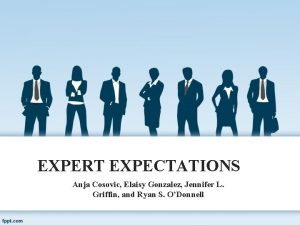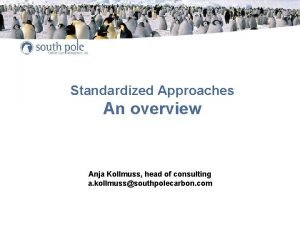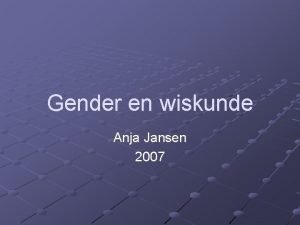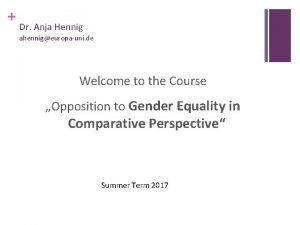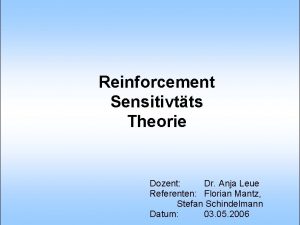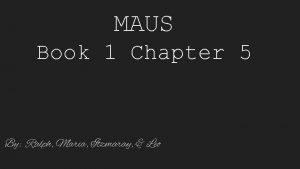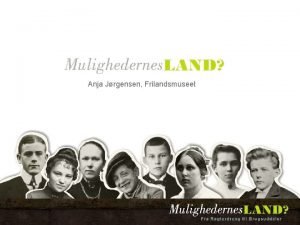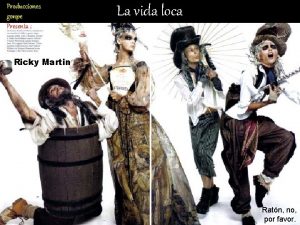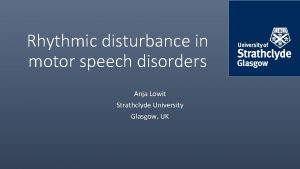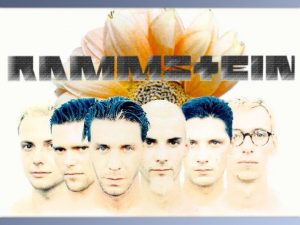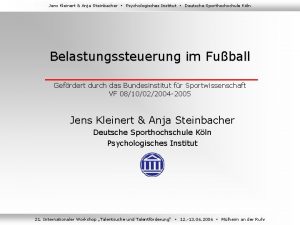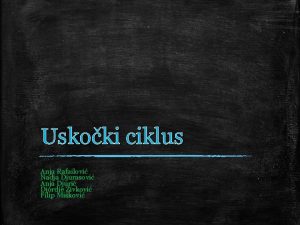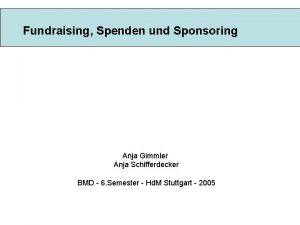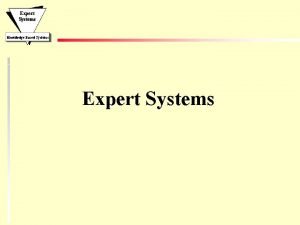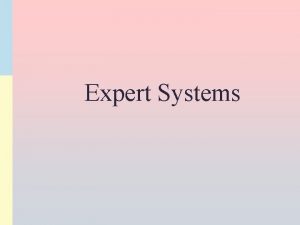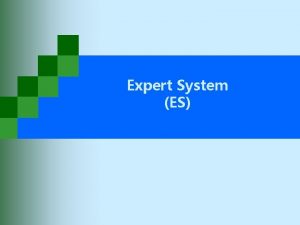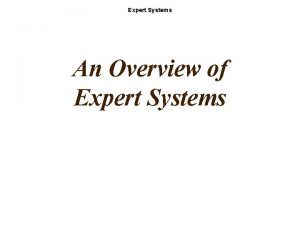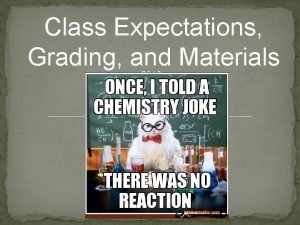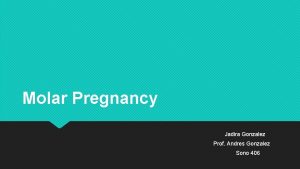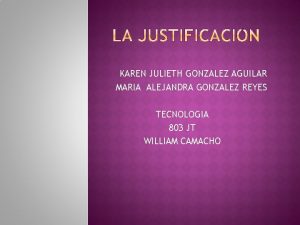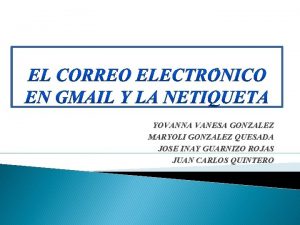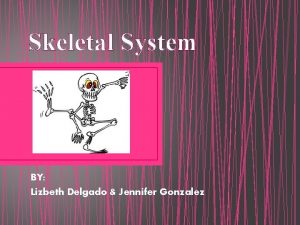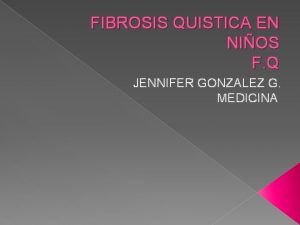EXPERT EXPECTATIONS Anja Cosovic Elaisy Gonzalez Jennifer L















- Slides: 15

EXPERT EXPECTATIONS Anja Cosovic, Elaisy Gonzalez, Jennifer L. Griffin, and Ryan S. O’Donnell

OVERVIEW • Connection between social theories, you, the job, and the organization • Advice • Helpful links, videos, and more


YOU • Emotional Intelligence Theory • The four components: – Self-Awareness – Self-Regulation – Social-Awareness – Self-Management

YOU • Self-Awareness – Foster virtuous, honest, and proper behavior • Self-Regulation – Modification and override of one's responses

YOU • Social-Awareness – Ability to understand people, social events, and the processes involved • Self-Management – SDT; Personality – Self-Regulation and self-control

PERSON-JOB FIT • What is it? • Why is it important? • Job satisfaction (Edwards, 1991), performance (June & Mahood, 2011), and organizational commitment (Lu et al. , 2014)

PERSON-JOB FIT • Person-Job fit advice: 1. Get to know your KSAO’s 2. Gain understanding of your personality • Job possibilities are endless, job fits are not

SELF-DETERMINATION THEORY • “Supporting our natural or intrinsic tendencies to behave in effective and healthy ways” (Scheppingen et al. , 2013) • Examples of intrinsic motivators in workplace: power within the organization, social status, and perceived organizational justice

PERSON-ORGANIZATION FIT • Attraction-selection-attrition framework (Schneider, 1987) • Social theories: 1. Social Identity Theory 2. Cognitive Dissonance Theory

SOCIAL IDENTITY THEORY Organization influences social identity • H. Tajfel & J. Turner (1979) • Self-concept 1. Self-identity 2. Social identity • Self-esteem

SOCIAL IDENTITY THEORY Minimal conditions for group identification • Minimal group paradigm • H. Tajfel & J. Turner (1979) • In-group vs. out-group • Advice: collect information but be objective

COGNITIVE DISSONANCE • Beliefs, attitudes, and behaviors (Petty et al. , 1994) • Emotional dissonance (Pugh et al. , 2011) – Emotional exhaustion (Mishra & Bhatnagar, 2010) – Organization identification (Ashforth & Mael, 1992)

REFERENCES Ashforth, B. E. , & Mael, F. (1989). Social Identity Theory and the Organization. The Academy of Management Review, 14(1), 20. Bandura A. (1991). Social cognitive theory of self-regulation. Organizational Behavior and Human Decision Processes, 50, 248– 287 Baumeister, R. F. , Heatherton, T. F. , & Tice, D. M. (1994). Losing control: How and why people fail at self-regulation. Academic press. Cable, D. M. , & De. Rue, D. S. (2002). The convergent and discriminant validity of subjective fit perceptions. Journal of Applied Psychology, 875– 883. Edwards, J. R. (1991). Person-job fit: A conceptual integration, literature review, and methodological critique. In C. L. Cooper & I. T. Robertson (Eds. ), International review of industrial and organizational psychology (Vol. 6, pp. 283– 357). New York, NY: Wiley. Erdogan, B. , & Bauer, T. N. (2005). Enhancing career benefits of employee proactive personality: The role of fit with jobs and organisations. Personnel Psychology, 58, 859– 891. Lu, C. Q. , Wang, H. J. , Lu, J. J. , Du, D. Y. , & Bakker, A. B. (2014). Does work engagement increase person-job fit? The role of job crafting and job insecurity. Journal of Vocational Behavior, 84, 142– 152.

REFERENCES CONT. Mishra, S. K. , & Bhatnagar, D. (2010). Linking emotional dissonance and organizational identification to turnover intention and emotional well-being: A study of medical representatives in India. Human Resource Management, 49(3), 401 -419. Petty, R. E. , Priester, J. R. , & Wegener, D. T. (1994). Cognitive processes in attitude change. In R. S. Wyer & T. K. Scrull (Eds. ), Handbook of social cognition (Vol. 2, pp. 69 -142). Hillsdale, NJ: Erlbaum. Pugh, S. D. (2001). Service with a smile: Emotional contagion in the service encounter. Academy of Management Journal, 44(5), 1018 -1027. Schneider, B. (1987). The people make the place. Personnel Psychology, 40, 437 -453. Tajfel, H. , & Turner, J. C. (1979). An integrative theory of intergroup conflict. The social psychology of intergroup relations? , 33, 47.
